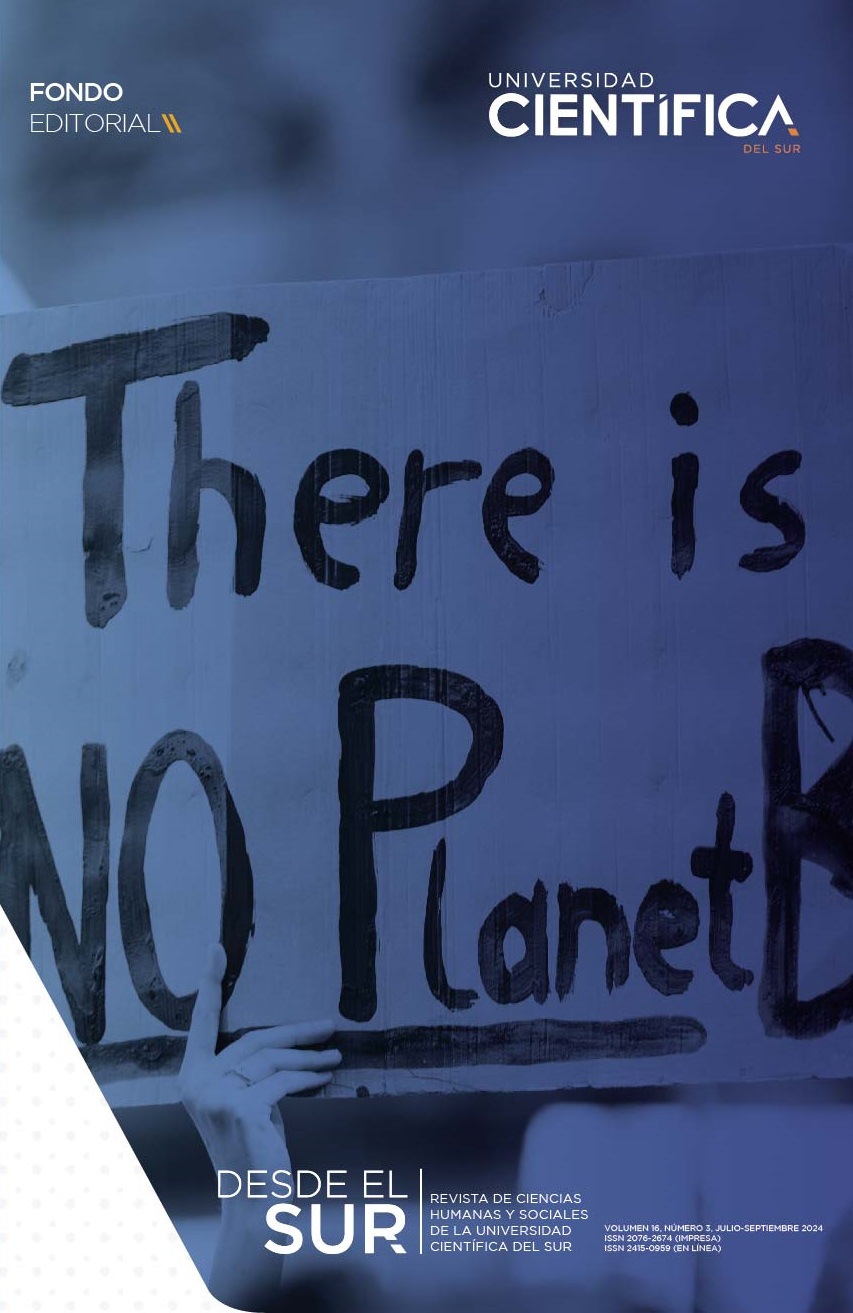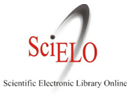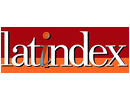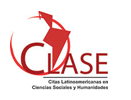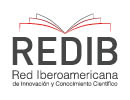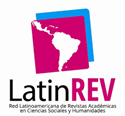Realism as hypercorrelationism
Kant, Meillassoux, speculative realism and transcendental philosophy
DOI:
https://doi.org/10.21142/DES-1603-2024-0041Keywords:
Metaphysics, ontology, idealism, Kant, MeillassouxAbstract
The present paper offers a brief confrontation between Meillassoux’s speculative realism and Kant's transcendental idealism/empirical realism, as well as the critique the former addresses to the later. Meillassoux claims that Kant cannot think the object independently of the subject, what he calls «correlationism». Our hypothesis is that the radical separation demanded by Meillassoux renders knowledge of the real impossible. Methodologically, we offer a conceptual analysis in both authors as well as their corresponding implications for epistemology and ontology. We conclude that a subject-object separation fails to explain the link between things and thoughts. Kant, on the contrary, delivers the grounds to explain the contact between things, intuitions, and concepts. This entails a more subtle analysis of the world and subjectivity offering different intersecting levels. These different levels are linked differently, offering the picture of a hyperconnected world, instead of a simple subject-object divide.
Downloads
References
Brassier, R. (2015). Deleveling: Against «Flat ontologies». In C. van Dijk, E. van der Graaf, M. den Haan, R. de Jong, C. Roodenburg, D. Til and D. Waal (eds.). Under influence - Philosophical Festival Drift (2014) (pp. 64-80). Omnia.
Heidegger, M. (1967). Sein und Zeit. Max Niemeyer Verlag Tübingen.
Harman, G. (2012). The Third Table. In K. Sauerländer (ed.), Documenta: 100 Notes-100 Thoughts. Documenta.
Harman, G. (2011). The quadruple object. Zero Books.
Harman, G. (2002). Tool-Being. Heidegger and the metaphysics of objects. Open Court.
Kant, I. (1956). Kritik der Reinen Vernunft. Unveränderter Neudruck der von Raymund Schmidt besorgten Ausgabe (nach der zweiten durchgesehenen Auflage von 1930). Felix Meiner.
Kant, I. (1998). Critique of pure reason. P. Guyer and A. Wood (eds.). Cambridge University Press.
Lorenz, K. (2010). Kant’s doctrine of the a priori in the light of contemporary biology. In M. Ruse (ed.), Philosophy after Darwin. Classic and contemporary readings. Princeton University Press.
Meillassoux, Q. (2008). After finitude. An essay on the necessity of contingency. Continuum.
Pasechnik, D. and Weisstein, E. W. (N. d.). Jordan Curve Theorem. MathWorld. A Wolfram Web Resource. https://mathworld.wolfram.com/JordanCurveTheorem.html
Sloterdijk, P. (2017). The aesthetic imperative. Writings on art. Polity Press.
Downloads
Published
Issue
Section
License

Esta obra está bajo una licencia http://creativecommons.org/licenses/by-nc-sa/4.0/

